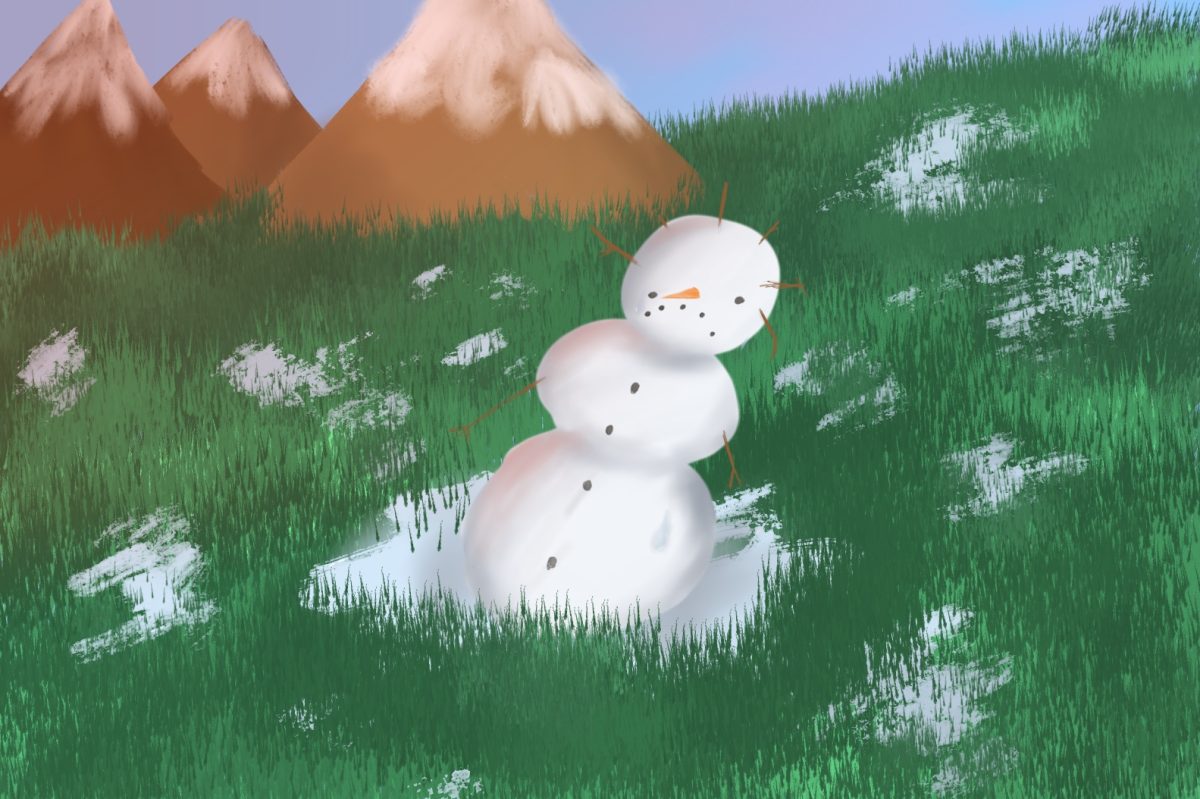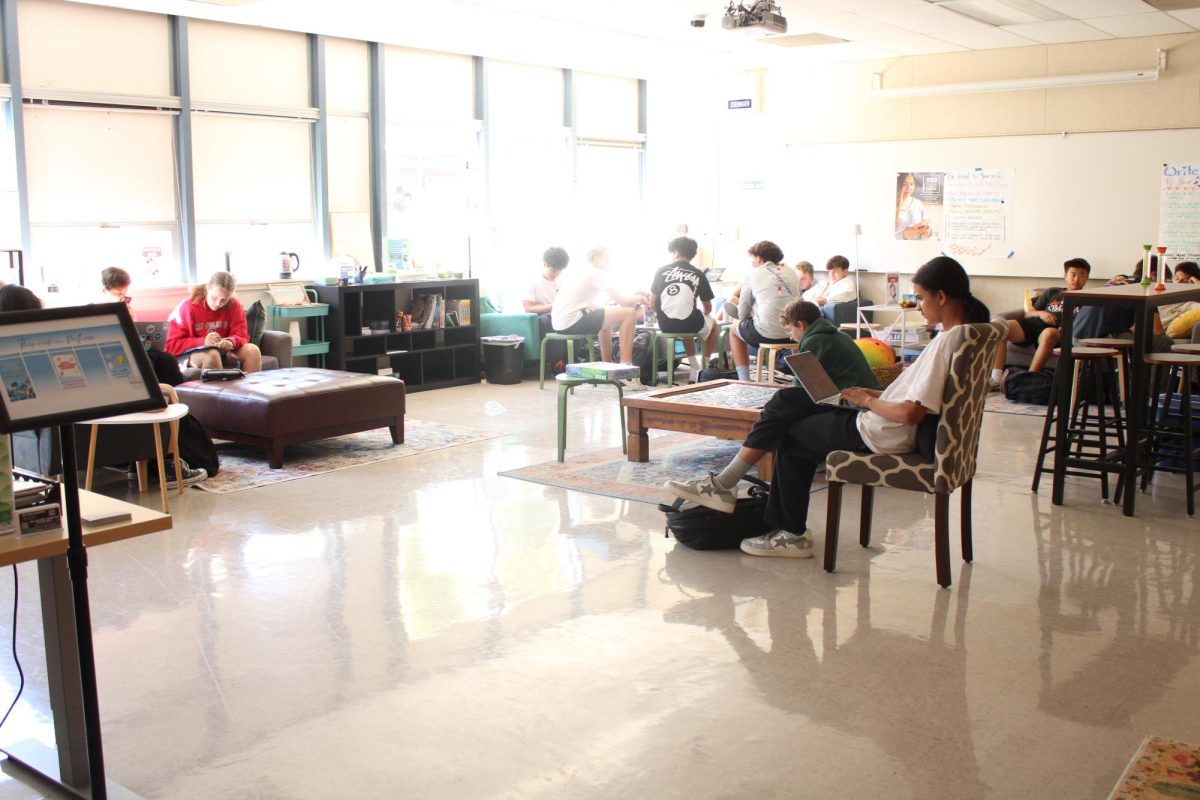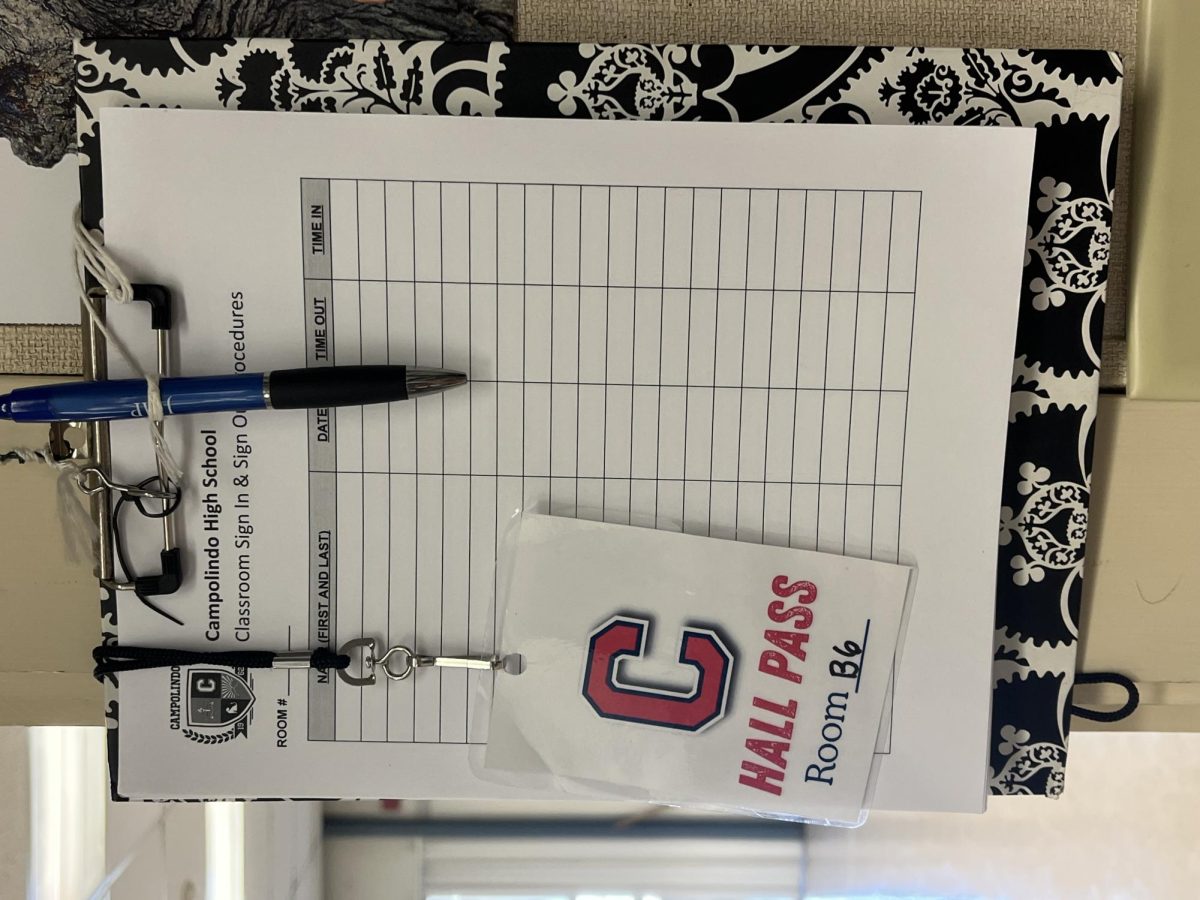California has received a concerning 52% of the average snowfall according to state water officials.
The California Department of Water Sources reported, “The mountain snowpack provides as much as a third of California’s water supply by accumulating snow during our wet winters and releasing it slowly during our dry springs and summers.”
A warmer atmosphere leads to lack of snow despite heavy rainfall and a projected atmospheric river. Climate change has been reported as a direct link to the snow drought.
Severe consequences must be considered, including a negative impact on water supply for Californians. “By the end of this century, California’s Sierra Nevada snowpack is projected to experience a 48-65% loss from the historical April 1 average,” according to The California Department of Water Sources.
AP Environmental Science teacher Katherine Guy said, “climate change results in extremes like stronger hurricanes and great droughts so [the snow drought] could definitely be climate change related…it’s also an El Nino year so it’s supposed to be warmer and wetter…the two together could be making it worse right now.”
ASB Commissioner of Sustainability, senior Marcus Han said when hearing about the snow drought it’s important to “have a positive attitude towards the environment because I think change can definitely be made, especially since a lot of people are working towards it and having a pessimistic attitude doesn’t help.”
Many Campo students are noticing the effects of the snow drought through lack of involvement in skiing and snowboarding activities. Spending time with friends and family in the beautiful Northern California mountains is a valuable part of Lamorinda culture. Sophomore Asha Spitzer said the snow drought, “dissuades families from going up [to Tahoe]…[The snow drought] is really startling…we should think about how it’s impacting our environment.” Spitzer’s family experienced this first hand, not being able to travel north as they normally would.
Senior Helen Shephard who spends about 10 to 15 days skiing during the season said, “I’ve definitely noticed the significant lack of snow in the early season but it’s not been completely terrible because most runs are still open. The hardest part about it is the quality of the snow because it has been more wet and icy, rather than dry powder. A few days this season it has even been pouring rain for most of the day.”
While hearing about and reading the constant headlines on climate change can be overwhelming, they are small, consistent contributions we can make. Han suggested some daily behaviors students can continue and start to reduce detrimental environmental impacts, “it’s good to call out the environmental issues right now, people don’t necessarily realize it’s impacting everyone and the severity of what’s happening…Also properly sorting you trash into the right bins is pretty easy in addition to doing research about the environment and becoming more conscious.”
Guy said, “there’s a lot of really simple things that people can do at home like turning off the tap when you’re brushing your teeth, trying to conserve water like when you run you laundry if you make sure your load is full…also turning off the lights…Lots of students come to school and sit in the parking lot with their car running and their just pumping greenhouse gasses into the environment so just turning your car off is a good thing to do.”
In her AP Environmental Science classes, Guy addresses water conservation locally. Educating ourselves either with personal research or a class, then moving to improve our actions is believed to be accessible and necessary to reduce environmental impact.






